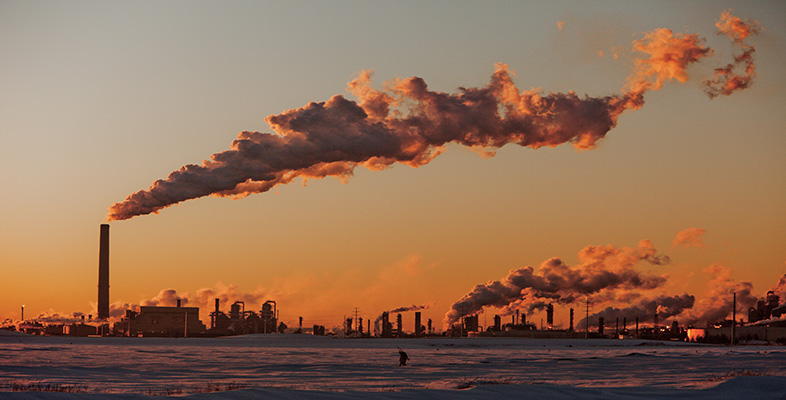5.1 Pesticides
Pesticides are chemicals used to kill pests such as weeds, insects, fungi and rodents. After the Second World War, pesticides such as DDT (dichlorodiphenyltrichloroethane) – which were highly toxic, persistent and bioaccumulating – were commonly used in agriculture and for vector control (e.g. against the Anopheles mosquito, for malaria control). The populations of birds of prey declined due to eggshell thinning preventing the birth of live offspring. This was because of DDE (dichlorodiphenyldichloroethylene), a very stable metabolite of DDT (Faber and Hickey, 1973). Sexual development and behaviour in birds such as gulls was also disturbed (Fry and Toone, 1981). The use of DDT has now been banned in most countries, and the tendency is to opt for pesticides that degrade rapidly in the environment (FAO, n.d.).
Chemicals that exhibit the characteristics of DDT (i.e. high toxicity, persistence and bioaccumulation) are termed persistent organic pollutants (POPs), and most of the POPs are pesticides. Pesticides have been found to be carcinogenic in experimental animals, and therefore are possibly carcinogenic to humans. They are suspected of depressing the immune system, and of disrupting the endocrine system, mimicking or blocking normal hormone activity (Morner et al., 2002). More on endocrine disruptors is given below.
POPs can be transported by wind (e.g. from combustion and high-temperature processes such as those in the iron and steel industry) and water, and as such can affect areas far from the point of their use. Their persistence in the environment, and their potential to move up the food chain, led to the Stockholm Convention of 2001, under which nations agreed to reduce or eliminate the production, use and/or release of POPs (Stockholm Convention, 2008).
Organophosphates (such as malathion, diazinon and chlorpyrifos) are insecticides containing phosphorus. They act by inhibiting enzymes in the nervous systems of animals. Pyrethroids (synthetic versions of the short-lived natural pesticide pyrethrin, which is made from chrysanthemum flowers) are another category of insecticide, often used by householders to control pests such as leaf-eating insects and ants. Organophosphates and pyrethroids can attach to soil particles and get washed into rivers and streams, endangering aquatic life.
Amongst the POPs are polychlorinated biphenyls (PCBs), which are a group of organic chemicals used in a variety of ways (e.g. as hydraulic fluids, plasticisers, fire retardants, heat transfer fluids, paint additives, lubricants and cutting oils). Ingestion of water containing PCBs can lead to an increased risk of cancer, immune deficiency, and problems with the reproductive and nervous systems (EPA, 2012). Their use was banned in 1977.
The main problem with manufactured substances such as pesticides is that most are unknown in nature and thus organisms have not evolved to deal with many of them. Although some will be broken down into harmless substances by normal digestion processes, others will remain and accumulate in the organism exposed to them. This is known as bioaccumulation. If this organism falls prey to another organism, the toxic substances will be passed up the food chain and retained in increasing quantities within the bodies of organisms higher up the chain. The accumulation of toxic substances through the food chain is called biomagnification. An example of this was the case of Minamata disease, where consumption of fish contaminated by methyl mercury led to thousands of people suffering symptoms such as numbness in fingers and lips, difficulty in speech and hearing, inability to control their limbs, and seizures. There were many deaths, too (Porteous, 2008).
